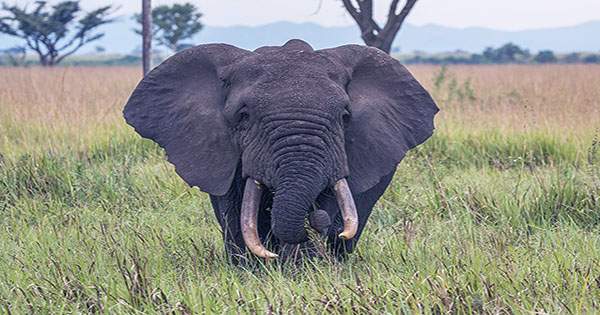Tyrannosaurus rex is one of the most popular dinosaurs due to its enormous size (but slow pace) and popularity in movies, but recent study suggests that the “species” may still have a few tricks up its sleeve, including two other species. A new study of skeletal remains discovered a lot of variety in limb and dental characteristics across “T. rex” individuals, suggesting that they may represent a triad of species rather than simply one.
In a recent research published in Evolutionary Biology, two new suggested species, Tyrannosaurus imperator (tyrant lizard emperor) and Tyrannosaurus regina (tyrant lizard queen), are proposed to sit alongside T. rex. The latest study included skeletal remains from 37 Tyrannosaurus specimens to see if lead author Gregory Paul and colleagues could discover any major changes. They were primarily looking for changes in Tyrannosaur femurs and dental features, two areas that have previously been identified as sources of diversity among T. rexes.
When examining 24 ancient femurs, researchers discovered that some were slenderer and others were more robust, with a ratio of 1:2 between them. If the difference was due just to sex, the researchers would have anticipated a 50/50 split across femur types, suggesting that something else is at work in explaining the variance. Adult-sized thin femurs were also found, indicating that a combination of juvenile and adult specimens was unlikely to explain the variances.
There were notable variances in Tyrannosaurus teeth, but with just 12 individuals possessing both dental and femur data, it was difficult to connect tooth type to thigh bone toughness. Clues about the age of the remains have also been identified, with individuals from the lowest and oldest layer of silt only having thicker thigh bones. The absence of variety suggests that there was just one Tyrannosaurus species at the time.
They discovered one thin femur in specimens from the middle layer, and five gracile femurs amid robust ones in the top and final stratum. When the variety in the top layer was compared to variation in other theropods, it was found to be greater than predicted.
While significant individual variances may account for the variety, the diversification of Tyrannosaurs from thick-thighed Tyrannosaurs to a range of femur thicknesses over time may have allowed for the formation of many species. To this purpose, the researchers propose that two more species, T. imperator and T. regina, might be added to T. rex’s genus.
“We discovered that variations in Tyrannosaurus femurs are unlikely to be connected to the specimen’s sex or age,” Paul stated in a release. “We hypothesize that the alterations in the femur developed over time from a common ancestor with more robust femurs to subsequent species with more gracile femurs.” The changes in femur toughness across sediment levels may be substantial enough that the specimens may be classified as different species.”
















